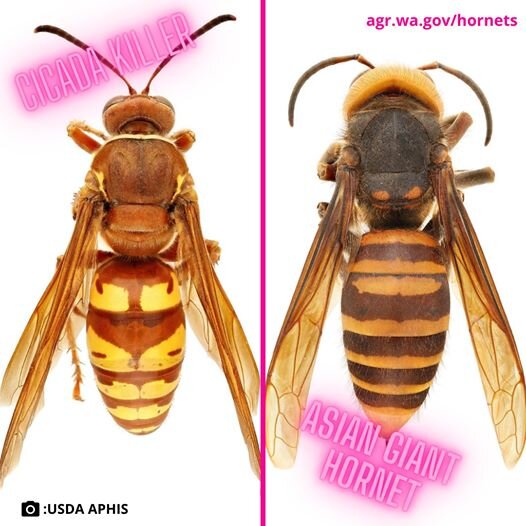Aquatic Invasive Species Rapid Response Exercise Held Last Week
/Last week, a Rapid Response Team held a virtual tabletop exercise in the event invasive quagga or zebra mussels are found in the Columbia River Basin. The mock exercise was based on a scenario involving a contaminated boat that launched and moored in a marina on Lake Billy Chinook. The goals of the exercise were to streamline communication, strengthen skills, improve response time, and coordinate mussel containment actions. Exercise participants included representatives from the Oregon State Marine Board, Oregon Department of Fish and Wildlife, US Fish and Wildlife Service, Confederated Tribes of Warm Springs, Oregon Department of Agriculture, Oregon Parks and Recreation Department, Oregon Department of Environmental Quality, Portland General Electric, Invasive Species Action Network, and the Pacific States Marine Fisheries Commission. To read the full joint press release, click here.










